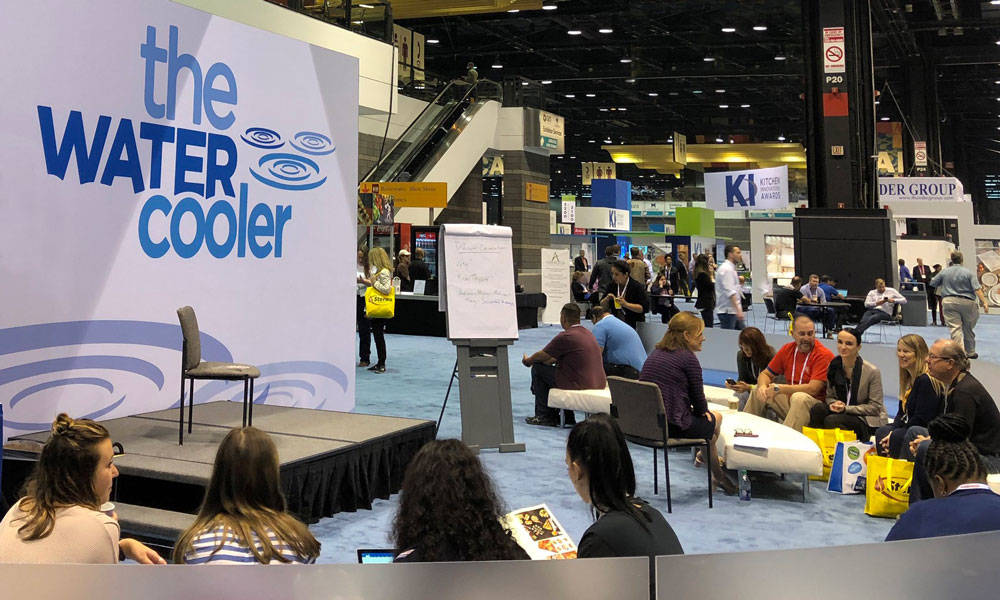
Help Attendees Meet Up and Get Talking
Curated conversations make it easier for conferencegoers to get to know one another. The National Restaurant Association’s new effort may provide food for thought for your own association.
In a sea of thousands of meeting attendees, it’s still possible to feel lonely.
I know, because I’ve been there. I remember attending my very first publishing conference and walking into the general session room that first morning worried about these three things: Where was I going to sit? Who was I going to talk to? Would I relate to other attendees?
Good news: It all worked out, and I left with lots of new ideas and acquaintances. I attribute a lot of my successful attendee experience to an organized meetup I took part in.
You see, ahead of the opening luncheon, the organization announced that a handful of tables had been set aside for first-timers. You were welcome to sit at one of those tables, where you would be joined by fellow newbies as well as one or two conference veterans.
It was a great, because there were people at the table in the same situation as me, which made conversation easier, and the seasoned attendee with us did a terrific job keeping the conversation going. (At the end of lunch, she even invited us to an informal happy hour she was having with some of her colleagues later that evening.)
What I liked about the first-timers tables is that it was an easy and painless way for me to get to know new people I had something in common with, and I would imagine it was a relatively easy lift for the organization hosting the conference.
Having that experience a few years ago, it came as no surprise to me that the National Restaurant Association had success when it introduced the Water Cooler at its May 2018 National Restaurant Association Show. This was a new space on the show floor, which was set up for crowdsourced discussions, industry meetups, and informal exchanges.
In an interview with BizBash, Marc Lapides, the association’s vice president of marketing, communications, and programming–convention, gave a rundown of how the area worked. The online schedule listed the issues up for discussion, some of which were developed by staff since the concept was new. Attendees then voted for their favorite discussion topics on social media.
Topics chosen for 10-minute discussions included an “initial tips for navigating the show” session, as well as employee recruitment in the fast-casual industry and the latest in quality assurance.
In addition, meetups gave members of special-interest groups—students, sustainability devotees, mixologists—a central place to connect. “It was usually full of people,” Lapides said. “We saw busy whiteboards (large Post-it notes, to be exact) and lots of small-group conversations.”
I would imagine this curated conversation strategy served as a good way to get first-timers, solo attendees, or those who are a little anxious about attending acclimated to the meeting and connected to fellow attendees.
What benefits do you think curated conversations would bring to your upcoming conferences and events? Please share in the comments.
(via the National Restaurant Association's Twitter page)






Comments